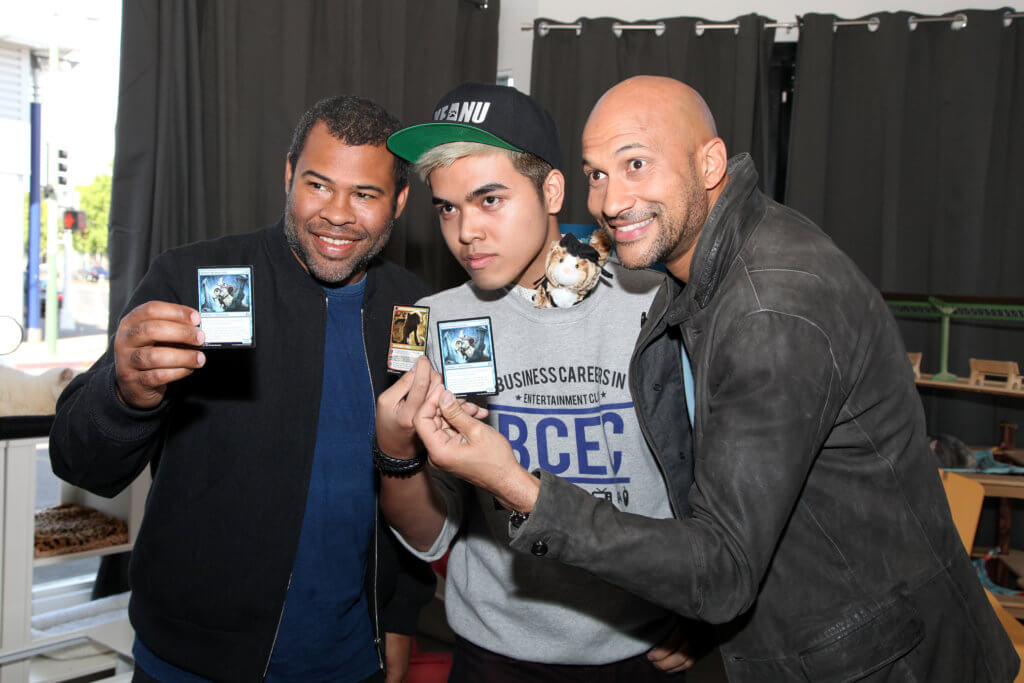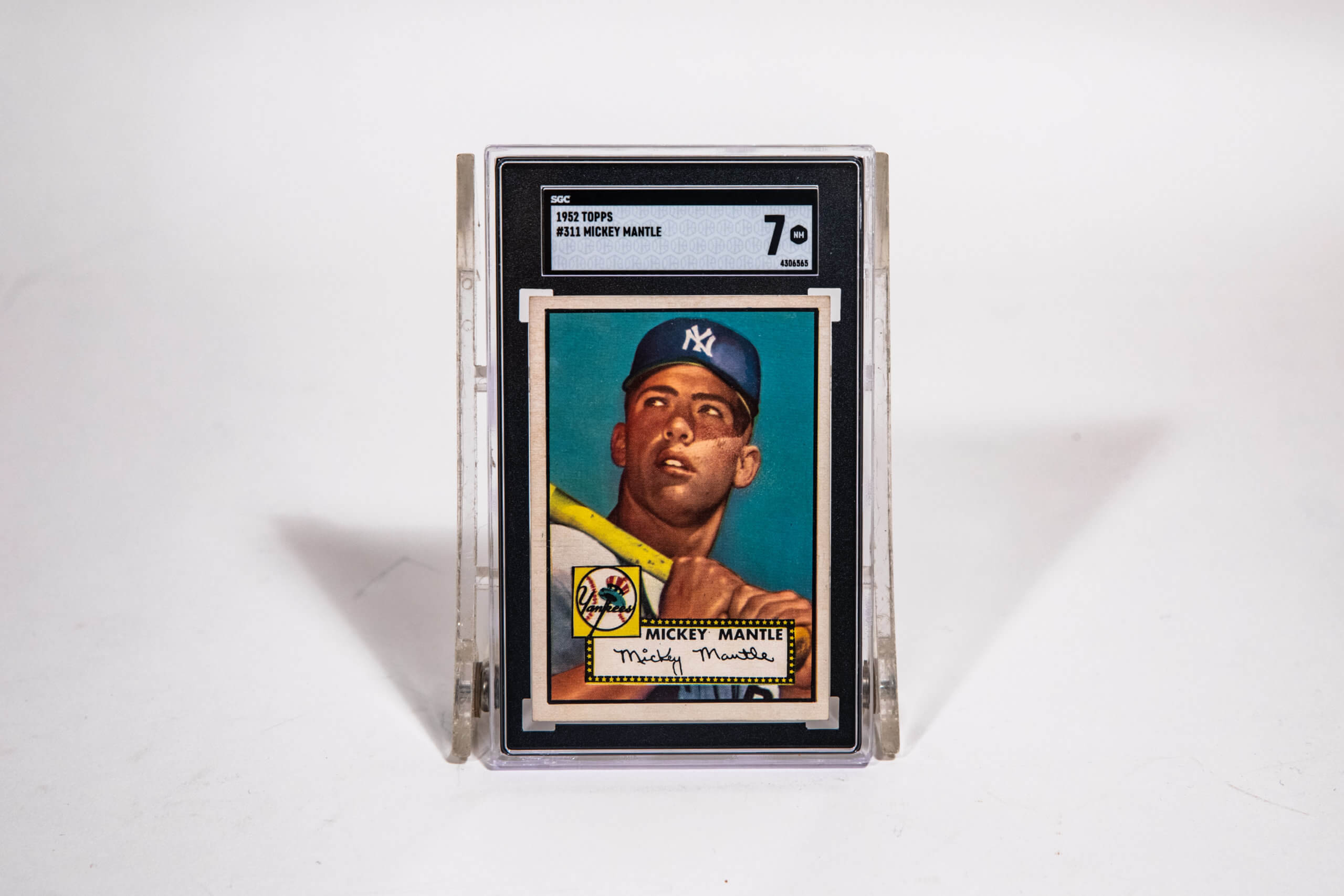Blog > Stories
How to Talk About Pokémon at Dinner Parties

Blog > Stories
How to Talk About Pokémon at Dinner Parties

Extra Credit
My nerd heart soars with all of the extra info and ties discovered during the research for this piece. It is nowhere near complete, but you also really shouldn’t hold a lecture over appetizers, so these examples were chosen because they have core general knowledge ideas and easy ties to a Pokémon concept that doesn’t require you to play the game.

It’s very accommodating!
And here’s your cheat sheet:
- Pokémon is the biggest franchise in the world. Today. And by a lot.
- Victorian women and children were the audience for what we now consider collectible trading cards. Their demand made the idea stick. And their obsession with archiving made these common things into rare (i.e. valuable) things.
- Contextual botanical illustrations were pioneered by Victorian women scientists. They were creative, thoughtful, thorough and serious about their work. Their methods are the foundation of Pokémon illustrations we love today.
- Gameplay concepts like creature evolution and deck building based on supportive and shared traits comes from Darwinian evolution, a Victorian scientists’ theory.
- Information hierarchy and quick read presentation was codified by Victorians to deal with their rampant exploration, discovery, collecting, and documentation.
For extra credit, read up on Victorian photography pioneer and naturalist Anna Atkins, who made the very first photo book, designing it as a full documentation of English algae. It’s gorgeous and sort of bonkers to consider how much work it took with the difficult photography technology of the time.
We also researched botanical documentation in other societies for this piece. While the structural features we mention here are predominantly seen in Victorian England, artists in China and Japan had been documenting plants and animals, presented for use in medicine (a methodology usually labeled Chinese materia medica illustration). This work focused on details that support identification and preparation of ingredients.
Chinese artistic practices also had amateurs that made beautiful studies of bamboo, often while traveling around China for government business. The Met’s exhibition “Noble Virtues: Nature as Symbol in Chinese Art” had a lot of examples.
And a little after Queen Victoria’s death, Dr. Tomitaro Makino from Japan would produce really amazing illustrations exclusively based on living plants in good condition. His brushes were handmade by bundling together three hairs from a rat; but more importantly, the detail and affection for what he was illustrating are moving even for those of us who can’t tell the difference between lilies and a ficus.
Lastly, there is fascinating information about John James Audubon and the place he should have in art and science history. It’s a lot! Check it out.











